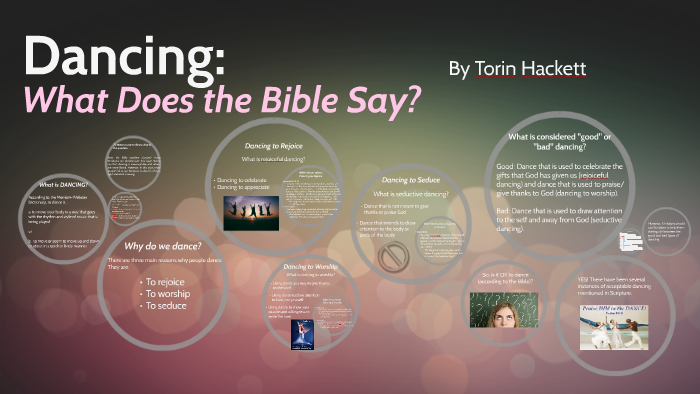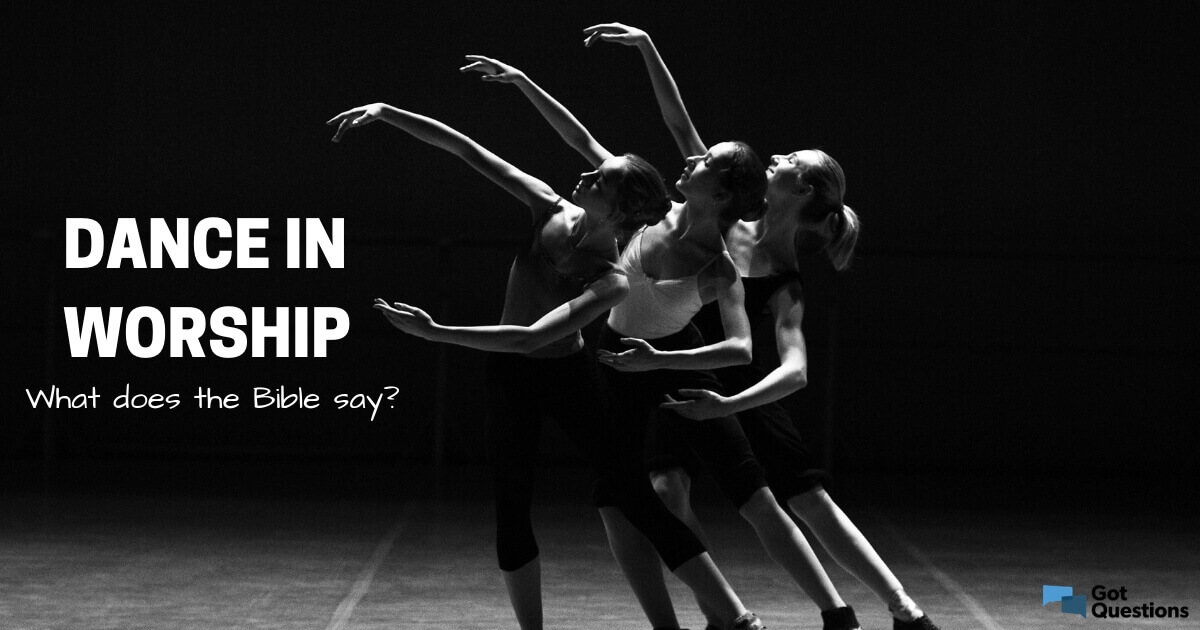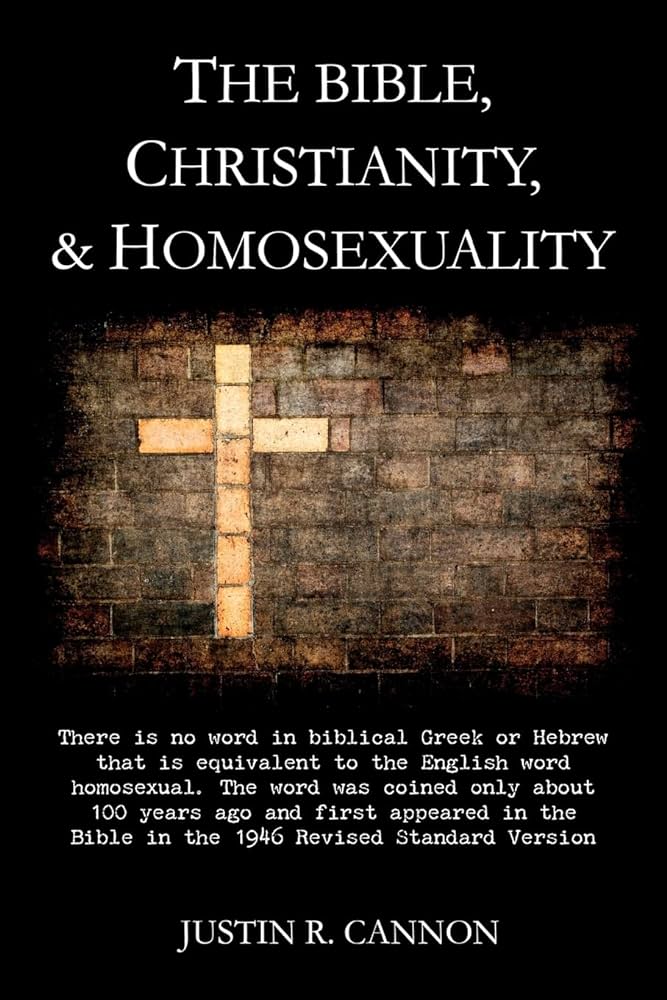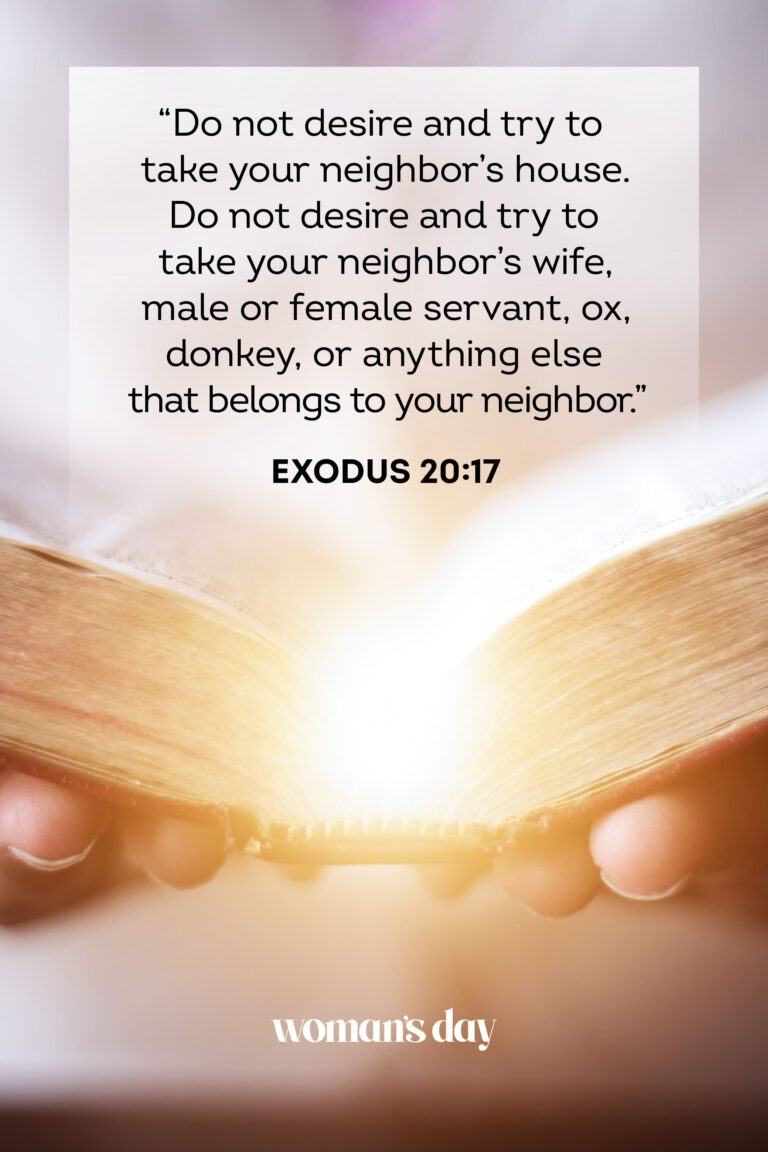What Does Bible Say About Dancing
The Bible does not explicitly prohibit or endorse dancing, leaving it open to individual interpretation. However, there are instances in the Bible where dancing is mentioned in a positive light, such as when King David danced before the Lord.
It is important for Christians to exercise discernment and ensure that their motives and actions align with biblical principles when participating in any form of dance.

Credit: slideplayer.com
The History Of Dancing In The Bible
Dancing is referenced in the Bible as an expression of joy during celebrations and worship. It is mentioned in Psalms as a form of praise to God, reflecting the joy and gratitude of believers. Although there are varying interpretations, the Bible does not explicitly forbid dancing, presenting it as a joyful act of worship.
Dancing In The Old Testament
In the Old Testament, we find several instances where dancing is mentioned in a positive light. One well-known story is that of Miriam, the sister of Aaron, who took a timbrel in her hand and led the women in dancing and singing after the Israelites crossed the Red Sea. This celebration showed the joy and gratitude they felt towards God for their deliverance. (Exodus 15:20-21) Another example can be found in the book of Psalms, where several verses speak of dancing as an act of praise and worship. Psalm 149:3 says, “Let them praise His name with dancing,” and Psalm 150:4 declares, “Praise Him with the timbrel and dance.” These passages indicate that dancing was a way to express joy and gratitude to God in the worship of Him.Dancing In The New Testament
Moving over to the New Testament, we find fewer mentions of dancing. However, there is one notable instance in the parable of the prodigal son. When the prodigal son returned home, his father threw a great feast to celebrate his return. In Luke 15:25, it says, “Now his older son was in the field. And as he came and drew near to the house, he heard music and dancing.” This suggests that dancing was a common part of celebrations and festive occasions. Although dancing is not explicitly condemned in the New Testament, it is essential to note that the focus shifts towards spiritual worship rather than outward expressions. The emphasis is on worshiping God in spirit and truth (John 4:24) rather than specific actions like dancing.Evolution Of Attitudes Towards Dancing
Throughout history, the attitudes towards dancing within Christianity have varied. In the early years of Christianity, dancing was seen as a form of pagan worship and was discouraged. However, as time passed, the perception of dancing started to change, and it became more accepted within religious contexts. Today, different Christian denominations have varying attitudes towards dancing. Some embrace it as a form of expression and worship, while others still maintain reservations. Ultimately, the decision to participate in dancing depends on personal convictions and the specific teachings of each individual’s church community. In conclusion, dancing in the Bible has a fascinating history. While the Old Testament demonstrates instances of dancing as an act of worship and celebration, the New Testament places more emphasis on spiritual worship. Understanding the context and teachings of the Bible can help inform our attitudes towards dancing as believers today. Sources: – Bible Study ToolsOpen Bible
Credit: www.gotquestions.org
Different Interpretations Of Bible Verses On Dancing
When it comes to the topic of dancing in the Bible, there are different interpretations among Christians. Some believe that dancing is strictly forbidden, while others see it as a form of joyful expression and worship. To understand these varying viewpoints, it is important to examine the literal and figurative interpretations of Bible verses on dancing, consider the cultural context of dance in biblical times, and explore the modern relevance of dance in Christianity.
Literal Vs. Figurative Interpretation
One of the key points of contention lies in the literal interpretation of specific Bible verses on dancing. For example, in the book of Ecclesiastes (3:4), it says, “a time to weep and a time to laugh, a time to mourn and a time to dance.” Those who take a literal approach argue that dancing has its time and place, just like any other activity mentioned in this verse.
On the other hand, some Christians lean towards a more figurative interpretation, suggesting that dancing in this context symbolizes joy, celebration, and praise. They believe that dancing can be a form of worship and expression of gratitude towards God.
Cultural Context Of Dance In Biblical Times
Dancing held significant cultural significance in biblical times. It was often associated with celebrations, festivals, and special occasions. Miriam, the sister of Aaron, is famously mentioned in Exodus 15:20, where she led the Israelite women in dancing after crossing the Red Sea. This demonstrates that dancing was a customary expression of joy and thanksgiving in biblical culture.
However, it is important to note that not all instances of dancing in the Bible are positive. For example, in the story of the golden calf in Exodus 32, dancing is associated with idolatry and disobedience. This has led some Christians to believe that certain types of dancing may be inappropriate or sinful.
Modern Relevance Of Dance In Christianity
In modern Christianity, the debate about the relevance of dance continues. Many churches embrace dance as a form of worship, incorporating it into their services and celebrations. Proponents argue that dance can be a powerful tool to connect with God and express devotion.
However, there are also Christians who hold reservations about dancing within a religious context. They may consider certain dance styles or movements as immodest or distracting. These viewpoints stem from a desire to maintain reverence and holiness during worship.
In conclusion, the Bible does not provide a clear-cut stance on dancing. Instead, it offers various perspectives and interpretations. Whether one sees dancing as a joyful expression of praise or views it as something to be cautiously approached, it ultimately comes down to personal conviction and the cultural context in which one practices their faith.
Controversies And Debates Around Christian Dancing
Christian dancing has sparked debates due to varying interpretations of biblical teachings. While some believe dancing is a form of worship, others argue against it, citing verses in the Bible condemning certain types of dancing. The controversy stems from differing views on whether dancing aligns with biblical principles and the interpretation of relevant scripture.
Is Dancing A Sin According To The Bible?
Dancing has been a topic of controversy and debate within Christian communities for centuries. Many Christians wonder if dancing is considered a sin according to the Bible. While the Bible does not explicitly mention dancing as a sin, there are certain passages that have led to different interpretations.
Influence Of Cultural And Traditional Beliefs
When it comes to the question of whether dancing is a sin, the influence of cultural and traditional beliefs cannot be ignored. Different cultures have varying views on dancing, which can impact how Christians perceive it. Some cultural and traditional beliefs associate dancing with immorality or temptation, leading to a negative perception among certain Christian denominations.
Varied Perspectives Within Christian Denominations
Christian denominations hold varied perspectives on dancing, further adding to the controversies and debates. Some denominations discourage dancing altogether, while others view it as a form of celebration and expression. The interpretation of biblical passages and doctrines plays a significant role in shaping these perspectives.
Overall, it is essential to approach the topic of Christian dancing with an open mind and understanding of different perspectives. Rather than focusing solely on whether dancing is a sin, it is crucial to consider the intentions, context, and cultural backgrounds surrounding the act of dancing. Ultimately, the relationship between dancing and Christianity should be based on personal convictions and the guidance of the Holy Spirit.
The Role Of Dance In Worship And Celebration
Dancing in worship and celebration is mentioned in the Bible as a way to praise and glorify God. It is seen as an acceptable form of expressing joy and gratitude towards the Creator.
Biblical Examples Of Dance In Worship
The Bible offers several examples of dance being used as a form of worship and celebration. In the Old Testament, we see Miriam leading the Israelite women in dance after the miraculous crossing of the Red Sea. Exodus 15:20 says, “Then Miriam the prophetess, Aaron’s sister, took a tambourine in her hand, and all the women followed her with tambourines and dancing.” This dance of worship was a spontaneous expression of gratitude and joy towards God for His deliverance.
Another example can be found in 2 Samuel 6:14-16, where David danced before the Lord with all his might when the Ark of the Covenant was brought to Jerusalem. David’s dance was a heartfelt expression of praise and reverence towards God, demonstrating his deep love and devotion.
These biblical examples reveal that dance can be a powerful way to honor and exalt God. It allows believers to physically express their adoration, awe, and thanksgiving to the Almighty.
Praise And Expressions Of Joy Through Dance
Dancing also serves as a powerful means of expressing joy and celebrating God’s goodness. Numerous Psalms encourage dancing as a form of praise and celebration. For instance, Psalm 149:3 says, “Let them praise his name with dancing, making melody to him with tambourine and lyre.”
Furthermore, Psalm 150:4 urges believers to “Praise him with tambourine and dance; praise him with strings and pipe!” This verse emphasizes the connection between dance and joyful worship, encouraging believers to use their bodies to glorify the Lord.
Through dance, Christians can convey their inner emotions of joy and gratitude in a physical and visible manner, creating an atmosphere of celebration and reverence in their worship.
Balancing Personal Convictions With Biblical Teachings
While the Bible does mention dance in the context of worship and celebration, it is important to strike a balance between personal convictions and biblical teachings. Some individuals may feel uncomfortable with dancing, while others may find it as a powerful expression of their faith.
It is crucial for believers to remain rooted in biblical principles and discern how dance aligns with their personal convictions. Romans 14:22-23 advises, “The faith that you have, keep between yourself and God… For whatever does not proceed from faith is sin.” This passage reminds Christians to act in faith and refrain from engaging in activities that contradict their convictions.
Therefore, whether one chooses to incorporate dance in their worship or not, the key lies in honoring God’s Word and seeking His guidance in all matters of personal conviction.

Credit: prezi.com
Frequently Asked Questions Of What Does Bible Say About Dancing
Is It Ok To Dance According To The Bible?
According to the Bible, dancing is not explicitly prohibited. However, it is important to avoid dancing that may lead to sin.
Where Is Dancing Mentioned In The Bible?
Dancing is mentioned in the Bible in various verses such as Psalm 149, Psalm 150, Psalm 30, Psalm 100, and Psalm 95. It is acceptable to dance in Christianity, especially at weddings, as long as it is not worshipful. Some verses encourage dancing to praise and glorify God.
However, the Bible does not specifically say that all dancing is sinful.
Where In The Bible Does It Talk About Singing And Dancing?
The Bible mentions singing and dancing in several passages, including Psalm 149, Psalm 150, Psalm 30, Psalm 100, Psalm 95, and Psalm 34. Singing and dancing can be a way to praise and worship God. However, it is important to note that the Bible does not explicitly address dancing as a sin.
Conclusion
The Bible does mention dancing in various contexts. While some forms of dancing were acceptable and used for worship and celebration, it is important to discern the motives and intentions behind it. The Bible advises us to use our bodies as instruments to glorify God, and dancing can be a way to express joy and praise.
However, it is crucial to avoid sinful behaviors or situations that may lead to sin. Ultimately, it is up to individuals to prayerfully seek guidance from the Word of God and the Holy Spirit when it comes to dancing.















